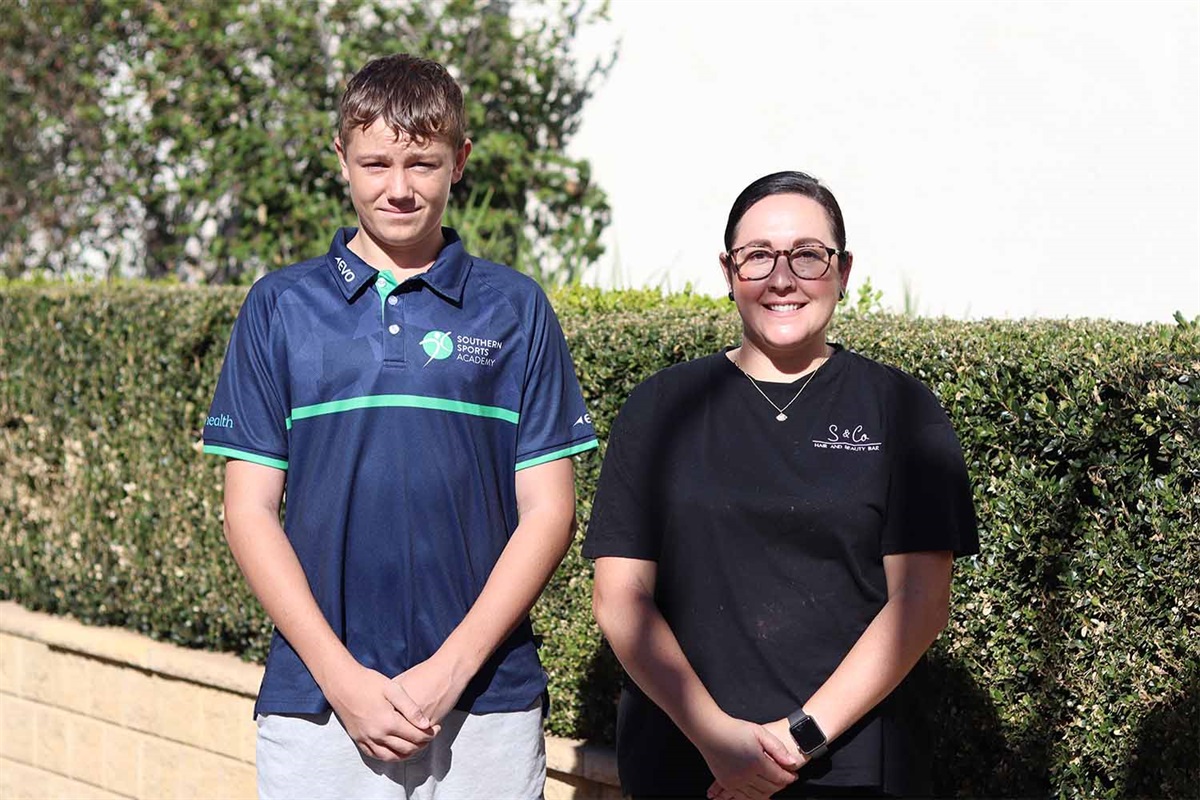
New research into ironstone gravel soils in the western and southern regions of Australia is working to unlock potential and increase the yields of crops planted on this challenging soil type.
The three-year Grains Research and Development Corporation (GRDC) phase 2 investment aims to provide tools for growers to identify and understand their ironstone gravel soils, and make more informed management decisions on cropping, fertiliser and water.
Led by Dr Francesca Brailsford from Murdoch University, the project is part of a SoilsWest alliance initiative, which also includes The University of Western Australia, Department of Primary Industries and Regions South Australia, Queen’s University Belfast and Bangor University.
Gravel soils cover 24% of land used for crop production in southern Western Australia, with further major production regions in South Australia (Eyre Peninsula and Kangaroo Island) and Victoria.
These soils have unique characteristics that can limit both water and nutrient use efficiency, and therefore, crop yield and profitability.
Dr Brailsford said that a major challenge with these soils is that good rainfall is not converted into high grain yield.

“These soils suffer from poor water holding capacity. Fertiliser, especially phosphorus, binds tightly to the gravel itself, making it unavailable for plant uptake,” Dr Brailsford said.
“Growers need innovative solutions to manage low water availability and nutrient use efficiencies to help produce better yields.”
Research to date, as part of a phase 1 GRDC investment undertaken by SoilsWest at The University of Western Australia, focused on uncovering new information on different gravel types.
The project explored mineralogy and capacity to influence water and nutrient availability by analysing more than 400 gravel samples from across Australia’s growing regions.
It revealed that while ironstone gravels broadly contain iron, these gravels may be dominated by either iron, silica and or aluminium, with distinct physical and geochemistry properties that influence the penetration of gravel stones by water and soluble nutrients.
Project researcher Professor Daniel Murphy of Murdoch University said they were able to complete such an in-depth analysis of the soil by using cutting-edge technology within the Centre for Microscopy, Characterisation and Analysis, at the University of Western Australia.
“This technology allows us to visualise the movement of water and nutrients onto and into individual pieces of gravel. The findings have enabled us to identify the bindings sites on the gravel and thus develop new ideas of how to manage these problematic soils,” said Prof Murphy.
“Understanding how the chemical composition of gravels changes their properties, and what that means for soil management, is key to providing more targeted management options in the future,” said Dr Brailsford.
“Our research has shown strong relationships between gravel chemistry and the severity of water and nutrient retention concerns, which could be used to help build a diagnostic tool for gravel soils in the future.”

The next phase of research will put principles into practice through a combination of laboratory, glasshouse and field studies. Field studies will be completed in WA and SA (Eyre Peninsula and Kangaroo Island), which will engage growers from across the major gravel soil regions.
Prof Murphy said that ultimately, the project’s goal is to provide growers and advisers with tools to better understand their specific gravel soils, so that they can implement management strategies to either increase yields or the efficient use of inputs.
“In phase II of this research, we are now focusing on solutions to address the findings from phase I, developing new means of stopping the fertiliser from binding to the gravel surface and thus allowing the plant roots better access to water and nutrients,” said Prof Murphy.
“Findings to date suggest that we may be able to develop a simple diagnostic to determine how big the nutrient binding ‘bucket’ is for a gravel soil, and also the current extent of that binding, or how full the ‘bucket’ already is.
“This may help to explain why some sites do not respond as expected when fertilised to target yield levels.
“This information will aid with adjusting fertiliser recommendations to be tailored to the existing state of a gravel soil.”
Dr Rowan Maddern, GRDC Manager Agronomy, Soils and Farming Systems – West, said that now a detailed understanding of the mineralogy of these soils had been achieved, this new investment will focus on relating this new knowledge to crop performance to increase profitability for Australian grain growers.

“By unlocking the relationship between gravel soils and water and nutrient interactions, growers will be able to make informed decisions on testing, then renovating or managing their soils, in ways that target realistic yield potentials,” he said.
“This is a first for the grains industry and a big step forward in managing ironstone gravel soils, which are an often-underperforming soil type.
“While this investment is being led out of the western region it is no less important for growers in the southern region, and the investment will work closely across the whole southern cropping region. This will ensure that all growers with ironstone gravel soils will benefit from this new knowledge and any possible solutions developed.”
Information on the initial research project “Increasing knowledge and profitability of cropping on ironstone gravel soils” can be found in the following resources:








